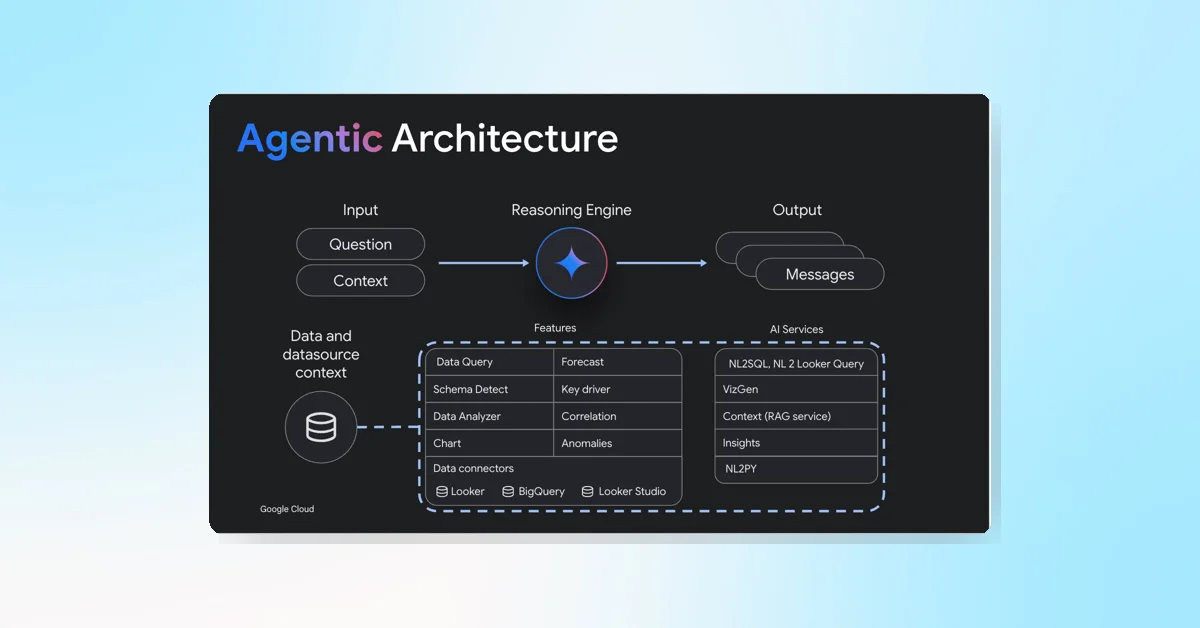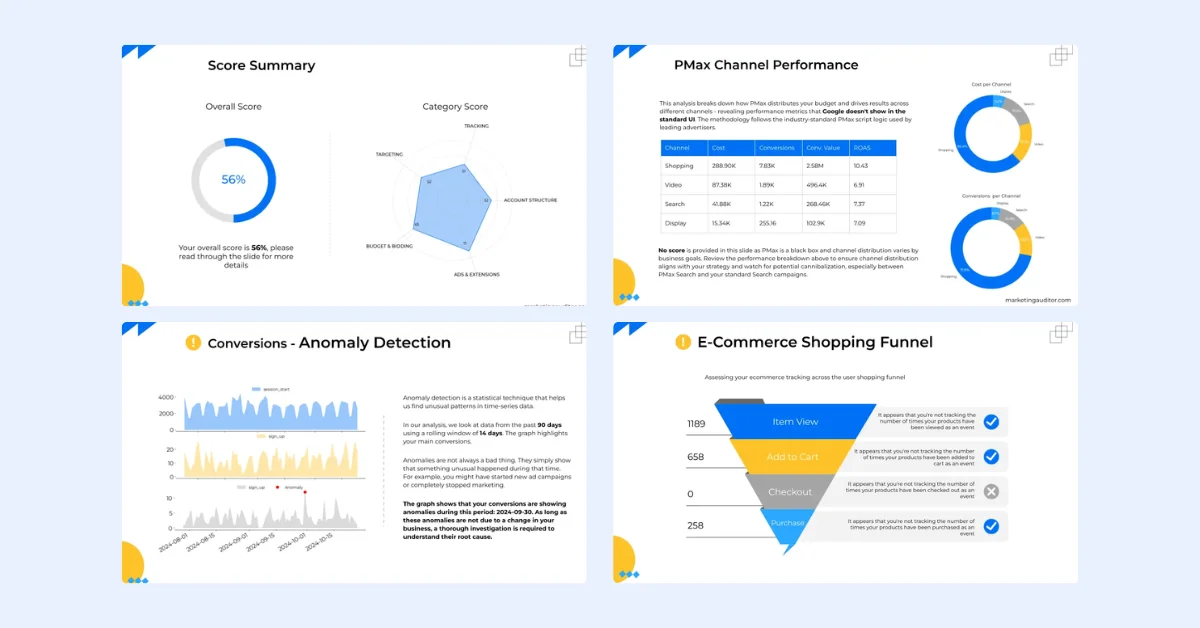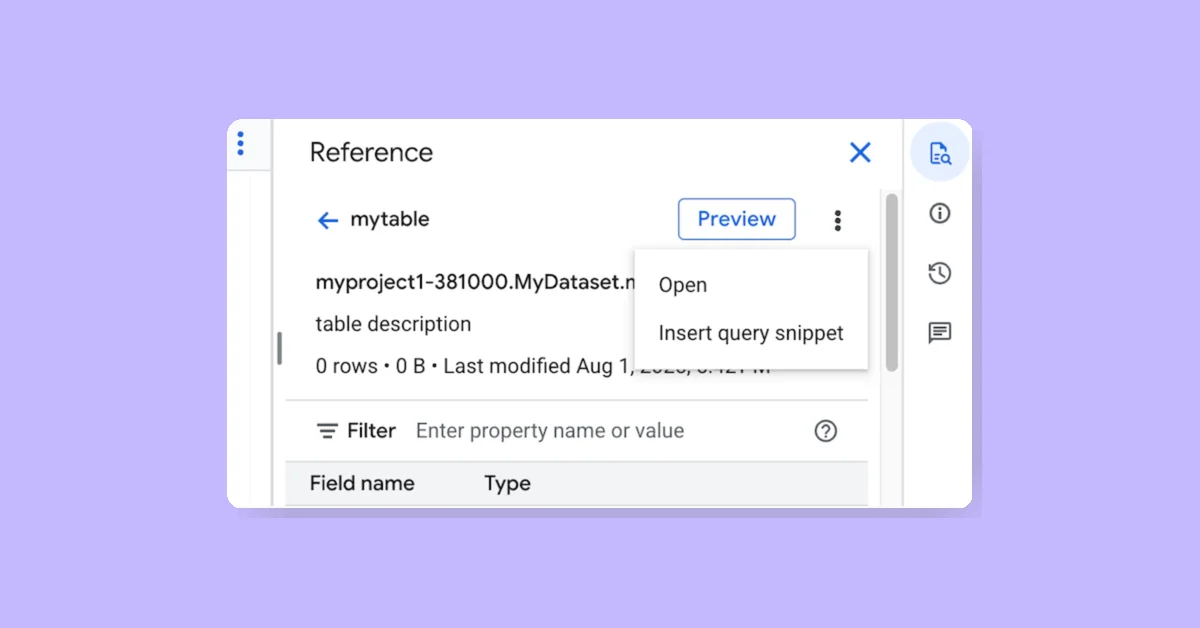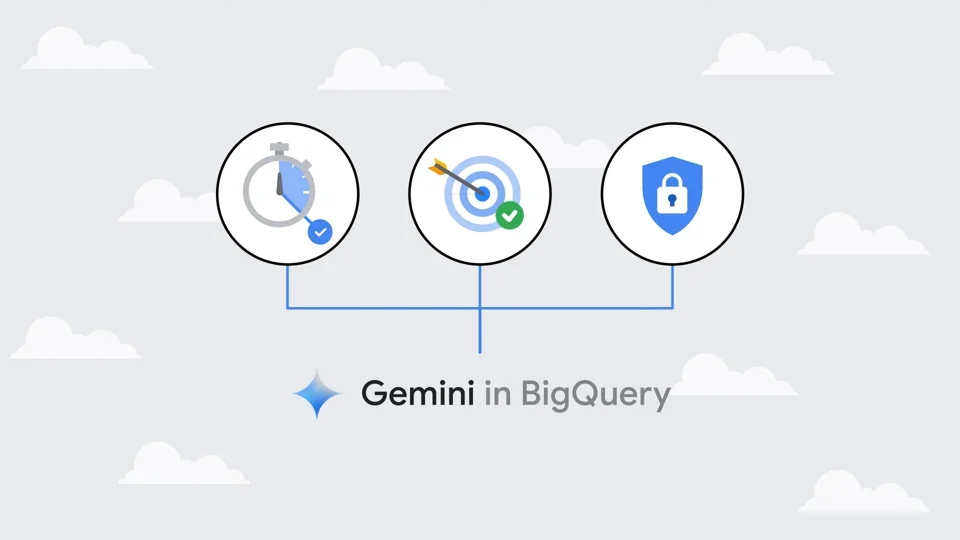Google has added a new table function to BigQuery called CHANGES, enhancing its data tracking capabilities. This function allows users to return all rows of a table that have changed within a specified time range.
Key Features
Comprehensive Change Tracking: Supports all basic row operations including INSERT, UPDATE, DELETE, streaming, TRUNCATE, and table partition deletions.
Time-Based Querying: Users can specify start and end timestamps to retrieve changes within a particular timeframe.
Additional Metadata: Includes CHANGE_TYPE and CHANGE_TIMESTAMP fields, providing information on the type of change and when it occurred.
Usage Requirements and Limitations
- The table must have the
change_historyoption enabled. - Limited to the table's time travel window (default 7 days).
- Maximum time range between start and end timestamps is one day.
- Cannot query changes from the last 10 minutes.
Potential Applications
This function can be particularly useful for:
- Auditing data changes
- Tracking historical modifications
- Synchronizing data between systems
- Debugging data pipelines
Implementation Details
The CHANGES function returns all columns of the input table along with the additional change metadata. It supports various table operations and can be used with regular BigQuery tables.
While this new function offers powerful capabilities for tracking data changes, users should be aware of its limitations, such as the inability to use it with views, external tables, or tables with change data capture enabled.
This addition to BigQuery demonstrates Google's ongoing efforts to provide more robust data management and analysis tools within its cloud platform.



















